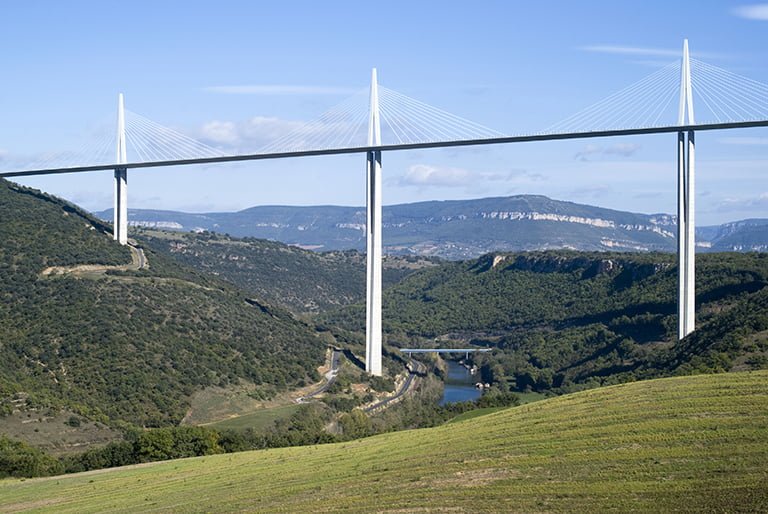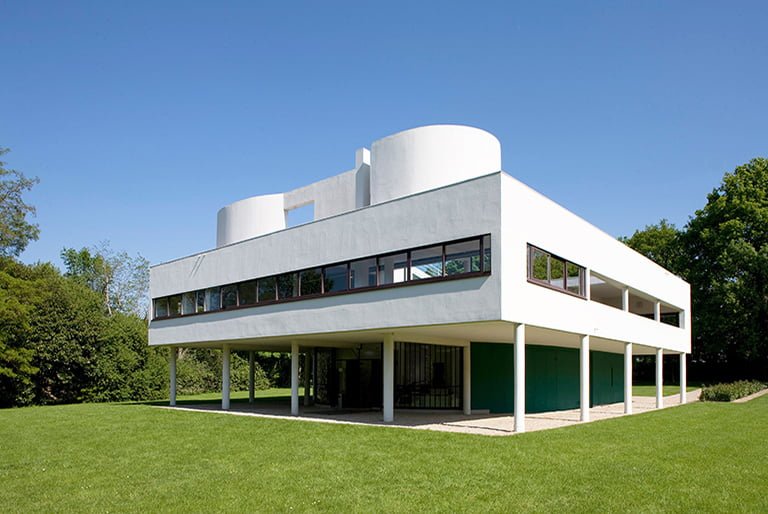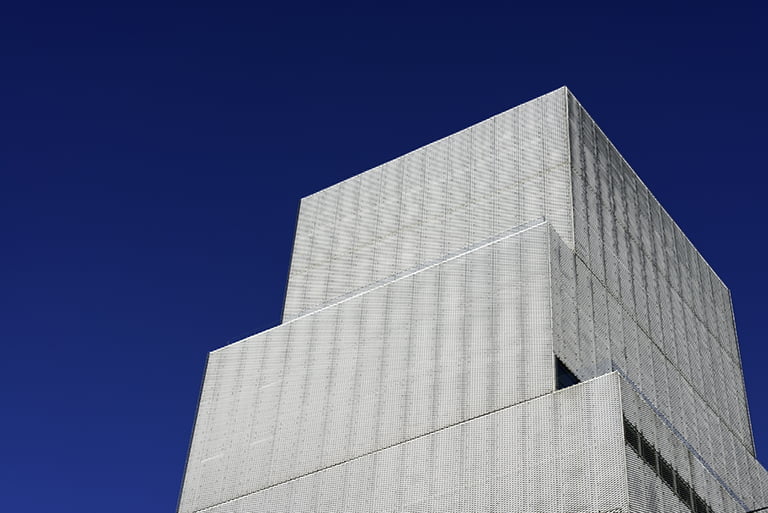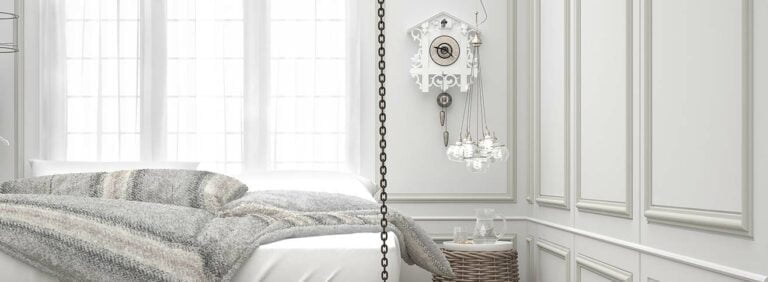From functional, beautiful buildings to globally-recognised landmarks, titanium dioxide TiO2 is a key ingredient creating lasting white finishes.
White has been a heavy source of inspiration for architects over the centuries. Greek and Roman temples were faced with white marble, and white was the most common colour for neoclassical churches, capitols and other government buildings constructed in the 18th century.
Fast forward to the 20th century and Le Corbusier, one of the pioneers of modern architecture, used white to paint the reinforced concrete walls of his most celebrated buildings, including the Villa Savoye, outside Paris, and Notre Dame du Haut chapel in Ronchamp, France.
Contemporary architecture continues to use white in inspired and innovative ways, not least in galleries, where the white background of the gallery is often essential for the artwork on show. Japanese architects Sanaa, co-designers of the Louvre-Lens gallery, in France, used white as the main colour for the New Museum in New York.
This striking and elegant white structure, stands seven storeys, using a number of novel techniques to incorporate many levels and spaces in a relatively small space. The building is clad in annodised aluminium, with white render and other surfaces used to make the most of natural light through the building.
The gallery describes the impact the structure has in its New York location: “The colour and buzz of the Bowery neighbourhood give way here to a luminous, pale space, full of daylight washing a palette of white and silver.”
Kazuyo Sejima and Ryue Nishizawa, the partnership behind Sanaa, won the prestigious Pritzker architecture prize in 2010.







